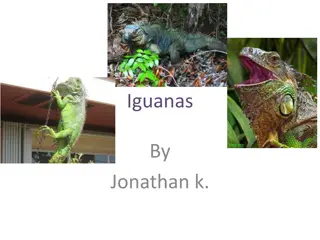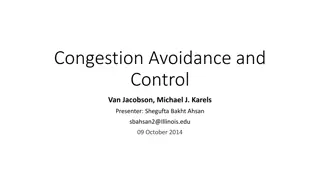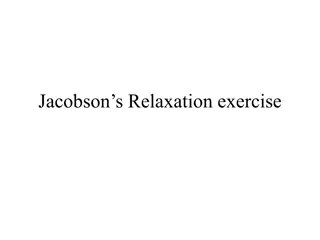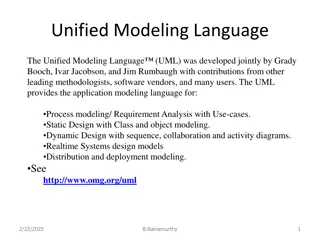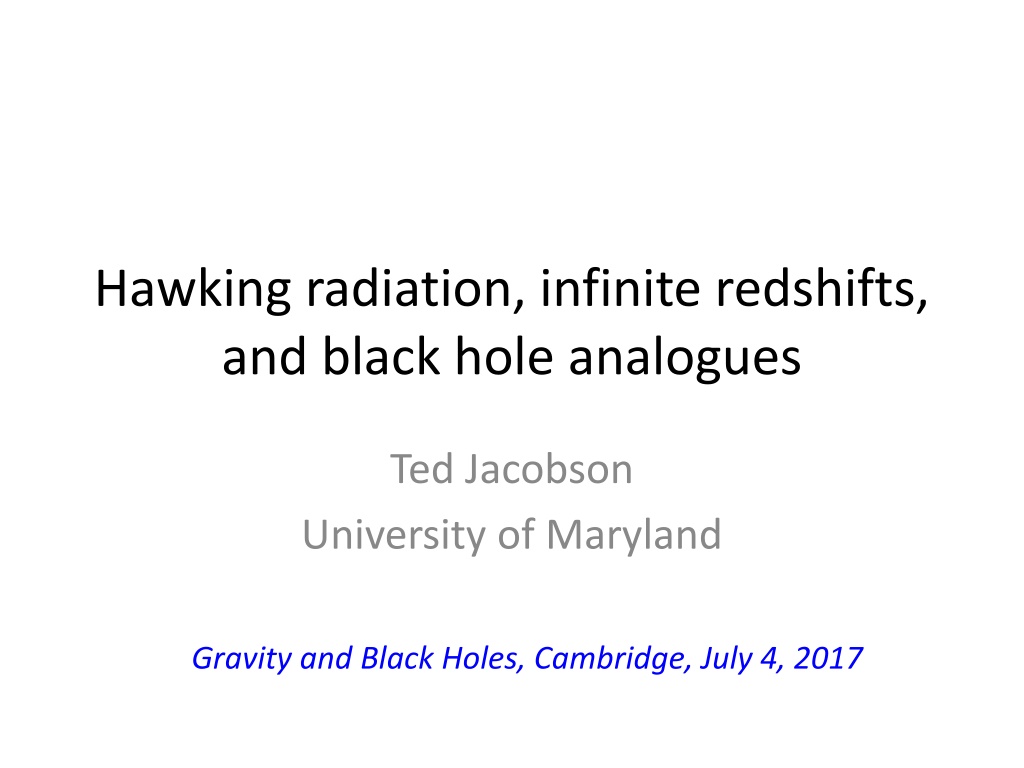
Exploring Hawking Radiation and Black Hole Thermodynamics
Delve into the fascinating world of Hawking radiation, black hole entropy, and the profound implications for thermodynamics. Discover how Stephen Hawking's groundbreaking work revolutionized our understanding of black holes and quantum field theory, leading to insights on infinite redshifts and event horizons. Unravel the complexities of Bekenstein's entropy and the generalized second law, shedding light on the interconnectedness between gravity, quantum fields, and thermodynamic principles.
Uploaded on | 0 Views
Download Presentation

Please find below an Image/Link to download the presentation.
The content on the website is provided AS IS for your information and personal use only. It may not be sold, licensed, or shared on other websites without obtaining consent from the author. Download presentation by click this link. If you encounter any issues during the download, it is possible that the publisher has removed the file from their server.
E N D
Presentation Transcript
Hawking radiation, infinite redshifts, and black hole analogues Ted Jacobson University of Maryland Gravity and Black Holes, Cambridge, July 4, 2017
Wheeler to Bekenstein (1971): If I drop a teacup into a black hole, I conceal from all the world the increase of entropy. Black hole
Black hole entropy Bekenstein, 1972 Generalized second law: ?
Bekensteins entropy BH has a thermodynamic temperature: Validity of the GSL requires that this be a REAL temperature! This real temperature became evident when Hawking considered a black hole immersed in the fluctuating vacuum of quantum fields. Stephen was not seeking this --- it took him by surprise. He was checking the prediction, of Zeldovich and others, that a rotating black hole would spontaneously radiate.
Event horizon & infinite redshift Frequency decay rate , called surface gravity (for a spherical black hole). Picture by Roger Penrose The Road to Reality (Knopf, 2005)
The time translation symmetry is space translation inside the horizon so the conserved quantity is momentum inside, and can thus be negative. This implies that the quantum field vacuum is unstable, which leads to Picture by Roger Penrose The Road to Reality (Knopf, 2005)
Hawking radiation: (1974) Quantum field theory implies black holes have a temperature = 62 nK Msun/M
Hawking radiation: (1974) Tidal peeling of vacuum Fluctuations corresponds to pair creation, with partners occupying negative energy states.
Infinite redshifts The ancestors of the Hawking radiation have exponentially growing frequency, For a solar mass black hole, a blueshift of e100,000 after only 2 seconds. Is this an absurd extrapolation? 1) Must we believe in this to believe in the Hawking effect? 2) Do outgoing modes really arise in this way? 1) NO! It suffices to assume that quantum gravity adiabatically delivers the outgoing free-fall vacuum at length scales l with LP << l << RBH. 2) Who knows?! It s hard to see how anything else could be Lorentz invariant and local.
Sonic analog black holes (v -> v + c if c constant) Picture from Schutzhold, CQG 25 (2008) 114011
Sonic analog black holes This opens the opportunity to study, in theory and in the laboratory, in a setting where the fundamental physics is fully understood: the origin of the outgoing modes, given an atomic, short distance cutoff? the adiabatic delivery of the outgoing vacuum? the wider validity of Hawking s prediction?
Superfluid helium-4 dispersion relation Origin of outgoing modes TJ, PRD, 96
supersonic (e.g. Bose-Einstein condensates) relativistic subsonic (e.g. superfluid He-4, gravity waves on water)
Regulated ancestry of Hawking pairs relativistic superluminal dissipative (Robertson- Parentani, 2015) sub-luminal
Numerous studies with linear field theory have shown that the Hawking effect persists, as long as: 1) The incoming field is in the ground state. 2) The wavenumber cutoff is higher than the surface gravity.* For the current state of the art, see Parentani & collaborators, 2012, 2014 Many candidates for experimental black hole analogues have been studied theoretically and, for some, experimentally: Superfluid 4He flows Superfluid 3He-A textures Time-dependent waveguides Bose-Einstein condensates trapped ion rings nonlinear optics in fibers & fused silica gravity waves on water
Origin of the outgoing modes in a BEC analog BH supersonic sub-sonic supersonic sub-sonic horizon flow
positive vs. negative energy black & white hole pair subsonic supersonic subsonic flow
Black hole laser (S. Corley & TJ, 99) In the presence of an inner horizon, supersonic dispersion can produce a superradiant instability (like the rotating black hole bomb ). supersonic subsonic subsonic
Steinhauers experiment with a quasi-one dimensional BEC containing a BH/WH cavity (2014) Figures from theoretical modeling paper: (arXiv1605.01027)
Time series of images of condensate density (Steinhauer, 2014)
Model the condensate using the mean field, Gross-Pitaevskii equation: M = atomic mass, N = number of atoms, = exp. val. of many body field operator , a = s-wave scattering length.
Stimulated emission of classical Hawking radiation by Cerenkov radiation from the white hole horizon. Steinhauer parameters enhanced parameters x 10 x 10 trap size twice as large potential step half as deep
Stimulated emission of classical Hawking radiation by Cherenkov radiation from the white hole horizon.
Spectral analysis confirms the Cerenkov mechanism, and rough agreement with Hawking thermal prediction Thermal, Hawking prediction: Simulation measurement agrees with this to within 25%
Concluding comments: The Hawking effect extends to acoustic analogs, which regulate the infinite redshift, and can be studied in the laboratory. The origin of the outgoing modes in spacetime remains (to me) totally puzzling. Next talk: an experiment to measure entanglement of spontaneous, quantum Hawking radiation. The era of experimental Hawking radiation has dawned!

